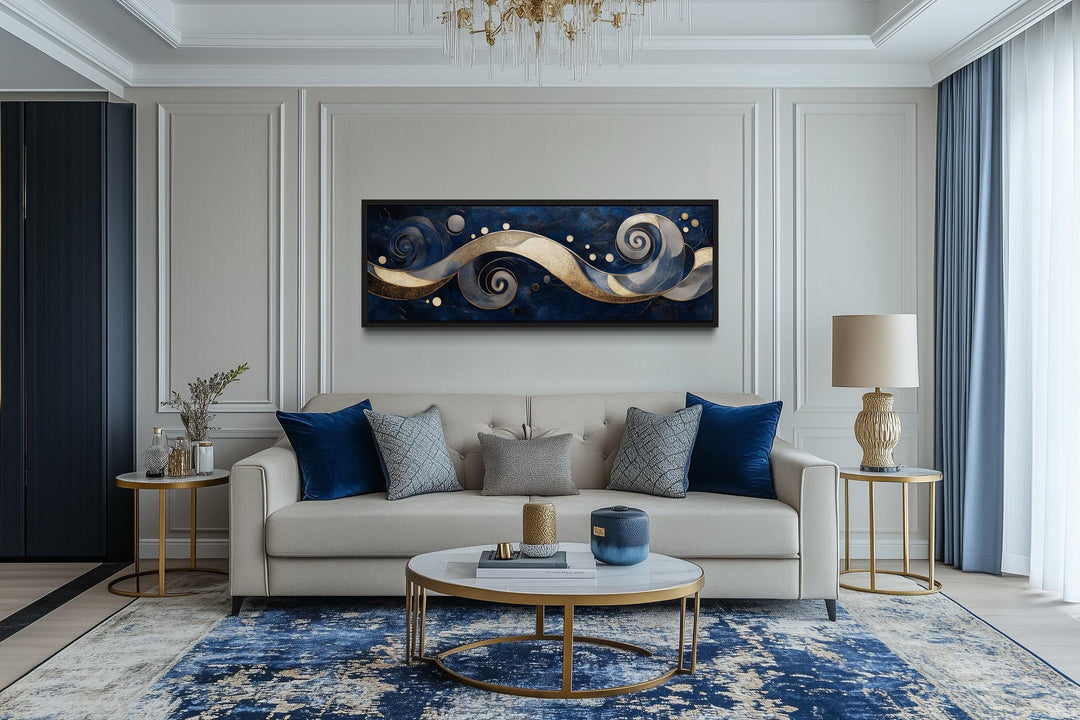Layering Art Styles on Big Walls: Tips for Photographers
As a professional photographer, your expertise extends beyond capturing moments through the lens. You also have the unique opportunity to transform spaces by layering art styles on big walls. This task, while exciting, requires a keen eye for detail and a deep understanding of composition, balance, and aesthetics. In this article, we will explore how photographers can master the art of layering styles on expansive wall spaces.

The Power of Layering Art Styles
Layering art styles on big walls is akin to creating a visual symphony. Each piece of art contributes to the overall harmony, and when executed well, the result is a breathtaking display that captivates viewers. It allows photographers to showcase their work in a way that tells a story and adds depth to the environment. For instance, blending traditional photography with abstract art can create an intriguing juxtaposition that draws the eye and stimulates the imagination.
Choosing the Right Art Styles
When considering layering art styles, it is crucial to choose styles that complement and enhance one another. Photographers should assess the color palettes, themes, and textures of their pieces. Mixing vibrant, bold colors with softer, muted tones can create a dynamic contrast that highlights the unique qualities of each piece. Additionally, incorporating different mediums such as canvas prints, framed photographs, and digital art can add layers of texture and dimension.
Understanding the Space
Before beginning the process of layering, it's essential to understand the space you are working with. Large walls offer a canvas with vast potential, but they also come with challenges. Consider the wall's dimensions, the surrounding decor, and the amount of natural light the space receives. This will inform your decisions regarding the size, scale, and placement of each art piece.
Tips for Successful Art Layering
To achieve a cohesive look when layering art styles on big walls, follow these tips:
- Start with a Focal Point: Choose a central piece that will act as the focal point of your arrangement. This could be a large, bold photograph or an eye-catching piece of abstract art.
- Build Around the Focal Point: Arrange smaller pieces around the focal point, ensuring they complement the main piece in color and style. Consider symmetry and balance to avoid a cluttered appearance.
- Experiment with Layouts: Don't be afraid to try different layouts. A grid pattern can create a clean, organized look, while a more freeform arrangement can add a touch of creativity and spontaneity.
- Consider the Frames: The frames you choose can significantly impact the overall aesthetic. Opt for frames that enhance the art without overpowering it. Mixing frame styles can add character but should be done with caution to maintain cohesion.
For more inspiration on transforming large spaces with art, explore these DIY large wall art ideas and discover how to create impactful displays that resonate with your audience.
Layering Art Styles: A Creative Process
Layering art styles is not only about aesthetic appeal but also about storytelling. Each piece of art should contribute to a narrative that reflects the photographer's vision and the space's intended atmosphere. This process can be both challenging and rewarding, offering photographers a chance to express their creativity in new and exciting ways.
For additional guidance on selecting the right pieces for your walls, check out large wall art ideas that can inspire your next project.
Maintaining Balance and Harmony
As you embark on the journey of layering art styles, remember the importance of balance and harmony. Every piece should have a purpose and contribute to the overall composition. Pay attention to the lines, shapes, and forms within each piece, and how they interact with one another. A well-balanced arrangement will guide the viewer's eye naturally across the wall, creating an immersive experience.
Final Thoughts
Layering art styles on big walls is an art form that requires patience, creativity, and a deep understanding of visual storytelling. For professional photographers, it offers an opportunity to extend their artistic expression beyond the camera and into the spaces they help to shape. By carefully selecting and arranging art pieces, photographers can create stunning displays that captivate and inspire.
For more ideas on how to elevate your wall art arrangements, consider reading about printing tips for large wall art to ensure your work is presented in the best possible light.

FAQs
What are the best art styles to mix for large wall displays?
Consider mixing traditional photography with modern abstract art, or blending digital prints with canvas paintings. The key is to ensure the styles complement each other and enhance the overall aesthetic.
How can I ensure my wall art arrangement doesn't look cluttered?
Start with a focal point and build around it, maintaining balance and symmetry. Use a consistent color palette and avoid overcrowding the wall with too many pieces.
What should I consider when choosing frames for wall art?
Choose frames that enhance the artwork but do not overpower it. Consider the style of the room and the art itself when selecting frame materials and colors.

